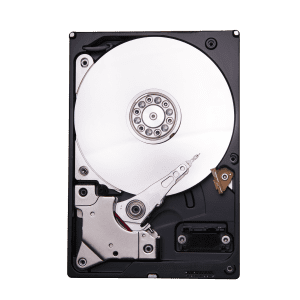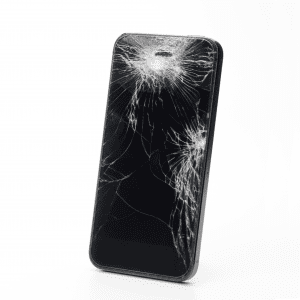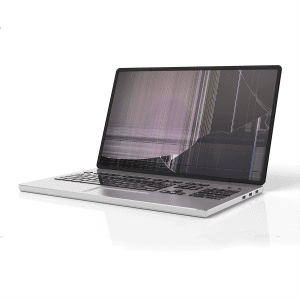The Perils of DIY Data Recovery: Understanding the Risks of Opening Hard Drives
In our digitally driven world, hard drives play an instrumental role as the storage hub of our digital lives. They house a treasure trove of priceless information ranging from sentimental personal photos, critical documents to confidential business data. Regrettably, like every piece of hardware, hard drives are susceptible to failure, potentially resulting in data loss. In such instances, data recovery becomes a vital lifeline. As professionals in the field, we are committed to assisting our clients recover their data from failed hard drives, but it’s crucial to understand the dangers of attempting to open a hard drive prior to consulting with a data recovery engineer.
The Temptation of Self-Diagnosis
In the face of a hard drive failure, many individuals are tempted to diagnose and possibly rectify the problem themselves. This does not refer to simply removing the hard drive from its casing, but rather prying open the device to expose its intricate internal mechanisms. The intent behind such an action is often to identify the underlying issue; however, this is fraught with significant risks, with the most significant being the potential exposure of the hard drive’s most important component – the platter.
The Platter: A Delicate Balance
The platter, a spinning disk fashioned from either aluminum or glass and coated with a magnetic material, is the critical element of a hard drive where data is stored. Sealed within the hard drive, the platter is safeguarded from contaminants, but it remains a delicate and easily damaged component. Once exposed to the air, dust and other forms of debris can quickly contaminate the platter, causing severe damage and significantly diminishing the likelihood of successful data recovery.
Misalignment and Mechanical Damage
Exposing a hard drive’s platter to the external environment brings about another serious risk: the potential misalignment of the platter. During the manufacturing process, hard drives are calibrated to ensure an exact alignment between the platter and the read/write head – the mechanism responsible for accessing data. Should the platter become displaced or misaligned, it may lead to a catastrophic collision between the read/write head and the platter. Such physical damage to the platter can render data recovery almost impossible.
The Risks of DIY Data Recovery
Opening a hard drive and exposing the platter outside of a professional clean room environment can be a dangerous and potentially expensive mistake. Without the specialized equipment and expert knowledge required for successful data recovery, any DIY attempt not only risks further damage but can also completely obliterate any possibility of recovering the precious data housed within the drive. Furthermore, the risk of introducing contaminants or causing mechanical damage can be high, even for those with a basic understanding of the internal mechanisms of a hard drive.
Seeking Professional Help
When faced with a failed hard drive, it’s critical to engage the services of a reputable data recovery company. These experts possess the necessary experience, tools, and facilities, such as clean rooms, to ensure your data is retrieved safely and effectively. Rather than risk the potential pitfalls of DIY data recovery, a professional approach offers the highest chances of successfully retrieving your data, saving you from the heartache of permanent data loss.
Conclusion
Although it’s tempting to take matters into your own hands when a hard drive fails, the risks associated with exposing the sensitive internal components, such as the platter, far outweigh any potential benefits. Before attempting any self-repair, remember the valuable and often irreplaceable nature of the data you risk losing. The safest course of action is always to consult with a reputable data recovery service, capable of navigating the delicate process of data recovery while safeguarding the integrity of your data.








